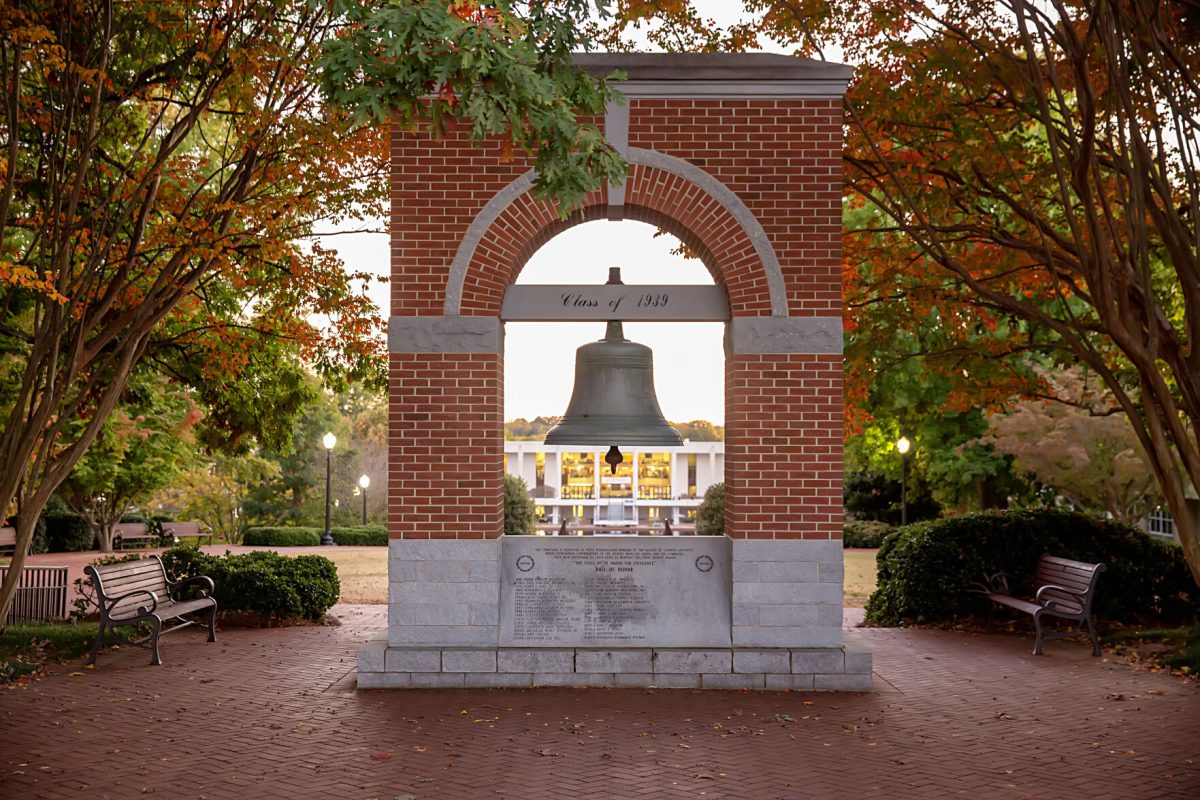The Clemson City Council has filed to intervene in a regulatory proceeding in opposition of Duke Energy’s plans to build a CHP (combined heat and power) plant on the eastern edge of Clemson University’s campus.
“Clemson University owns 17,000 acres, yet chose to site the proposed power generation facility within 100 feet of residential neighborhoods and within a tenth of a mile of the South Carolina Botanical Gardens,” said City Attorney Mary McCormac in the filing made on Thursday afternoon with the S.C. Public Service Commission (PSC).
The commission is hearing a request from Duke Energy to approve a contract to sell steam from the plant to Clemson University to heat campus buildings.
Local residents have pushed back against the plant since they found out about Duke Energy’s plans two weeks ago. They asked for help from city council, which said it had been unaware of the project.
On April 10, Clemson University promised a “complete reevaluation” of the proposed site, and on April 11 the commission agreed to suspend the April 17 intervention date at Duke Energy’s request. However, the university has not made any commitments to relocate the plant.
The university said in a statement released on April 12 that “the site review will include careful examination of the technical requirements to build the facility, proximity to existing Duke Energy electrical transmission infrastructure, the potential future land use needs of the university and impact on the community, among other considerations.”
In that statement, executive vice president for Finance and Operations Brett Dalton said that the university “values its relationship with the city” and takes “seriously the questions raised by residents.”
The university also said that it does not expect the review to delay the project. The plant is scheduled to begin operations in spring 2019.
City council’s filing also questions if Duke Energy would “use the best available pollution controls for the gas-fired power plant, particularly with respect to [nitrous oxide] emissions.”
Additional concerns listed by the city include emissions from two 70-foot smokestacks; “diminution of property enjoyment and property values”; methane emissions from gas fracking and from transporting natural gas; damage to wetlands; and noise and light pollution. These concerns echo those that have been raised by local residents.
However, the city’s filing also notes a new concern. McCormac notes that Duke Energy plans to discharge water from the facility into the city of Clemson’s sewer system, adding that Duke Energy would like 100,000 gallons of wastewater treatment capacity.
“However, the proposed facility is slated to be located outside of the city’s corporate limits,” an area where service is not guaranteed.
McCormac also added that the city “historically has required annexation before providing sewer service outside of the city” and that after city council’s vote to oppose the project, “it appears unlikely that City Council would approve a request for city sewer service at the proposed facility.”








